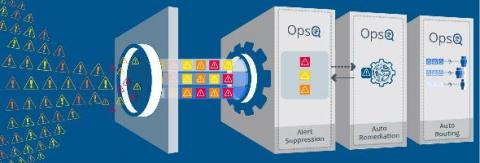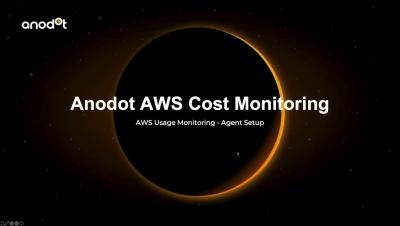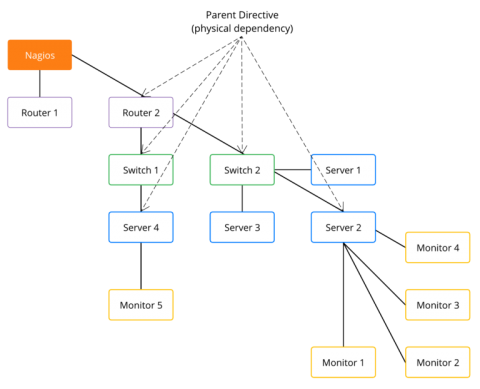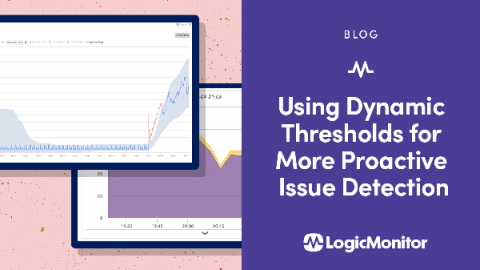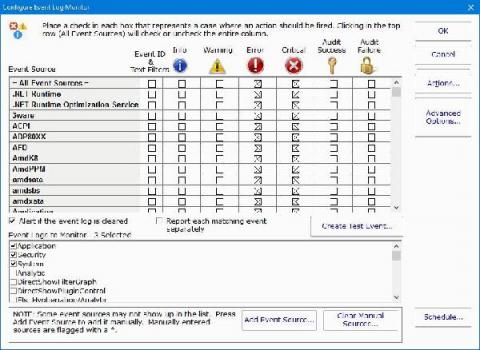PagerDuty Paying Dividends for Form3's Digital Payment Platform
Your payment systems have slowed to a crawl, customers are getting impatient and abandoning their shopping carts both online and in stores, and you’re losing money every minute this problem goes on. Behind the scenes, technical responders are scrambling to resolve the issue before it impacts more customers—and before even more money is lost.




